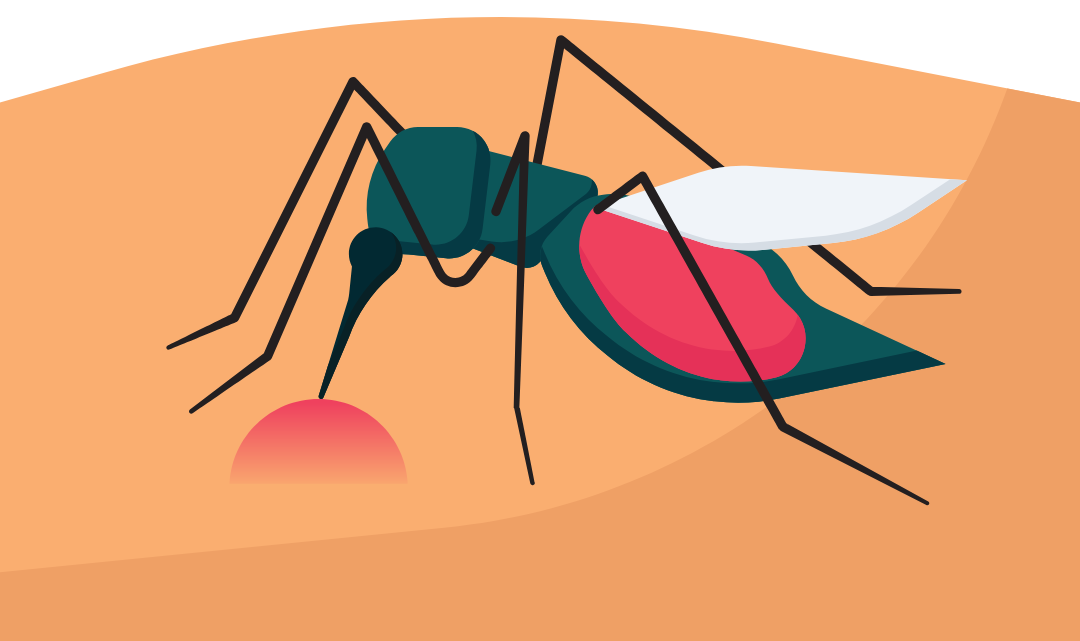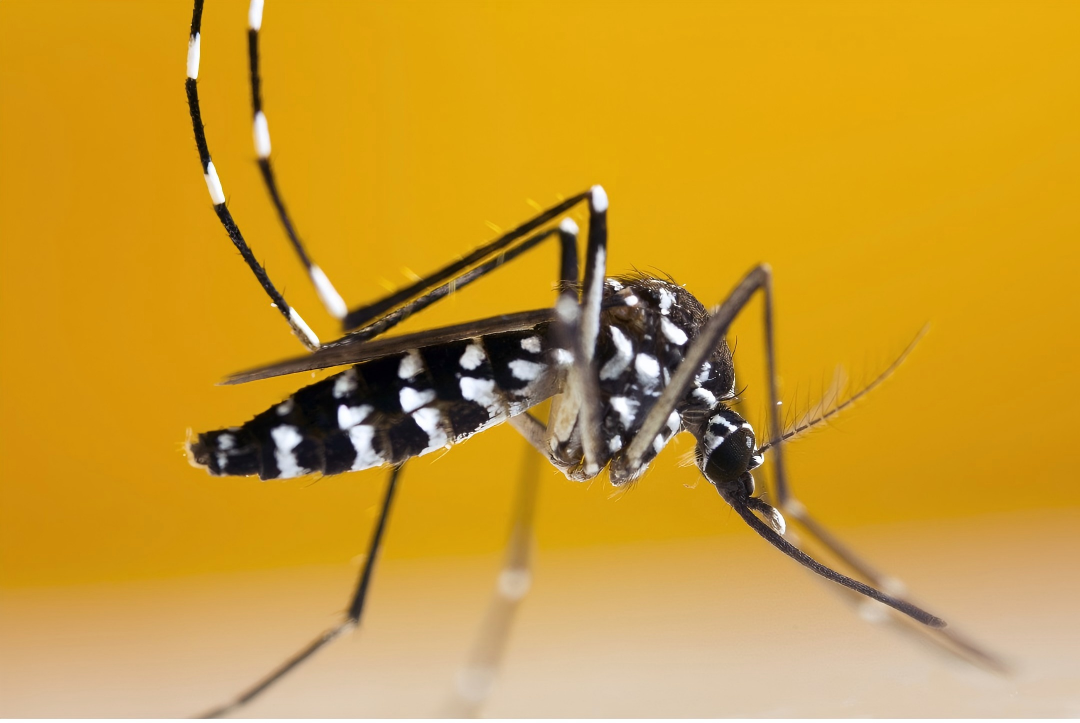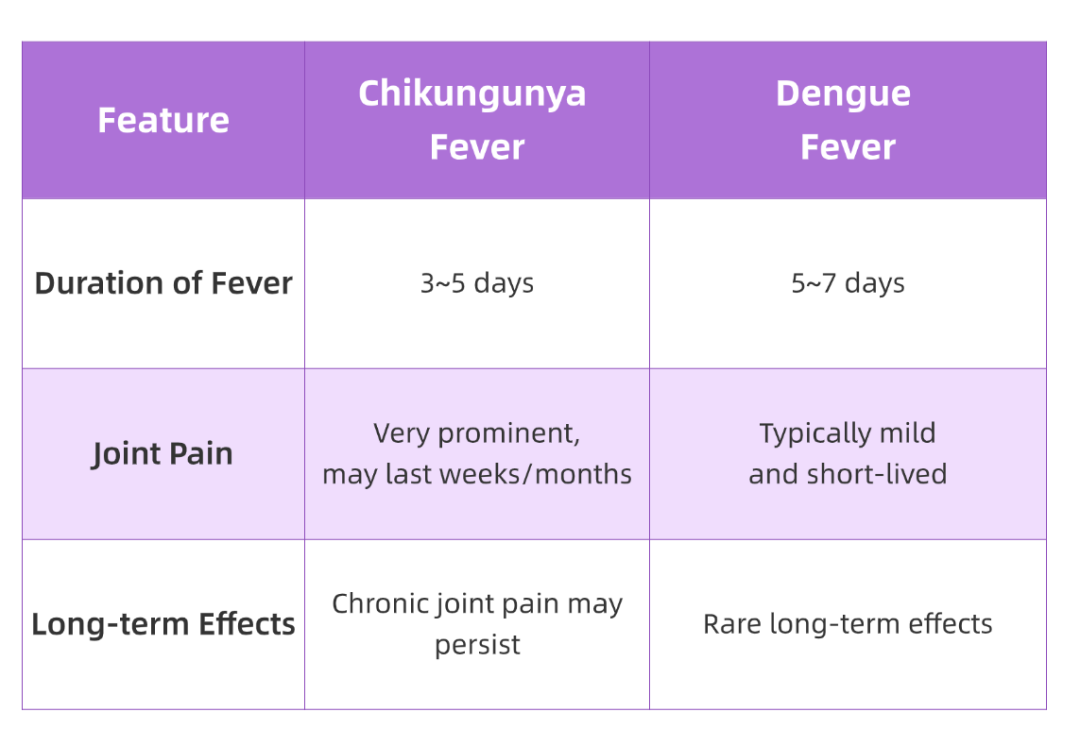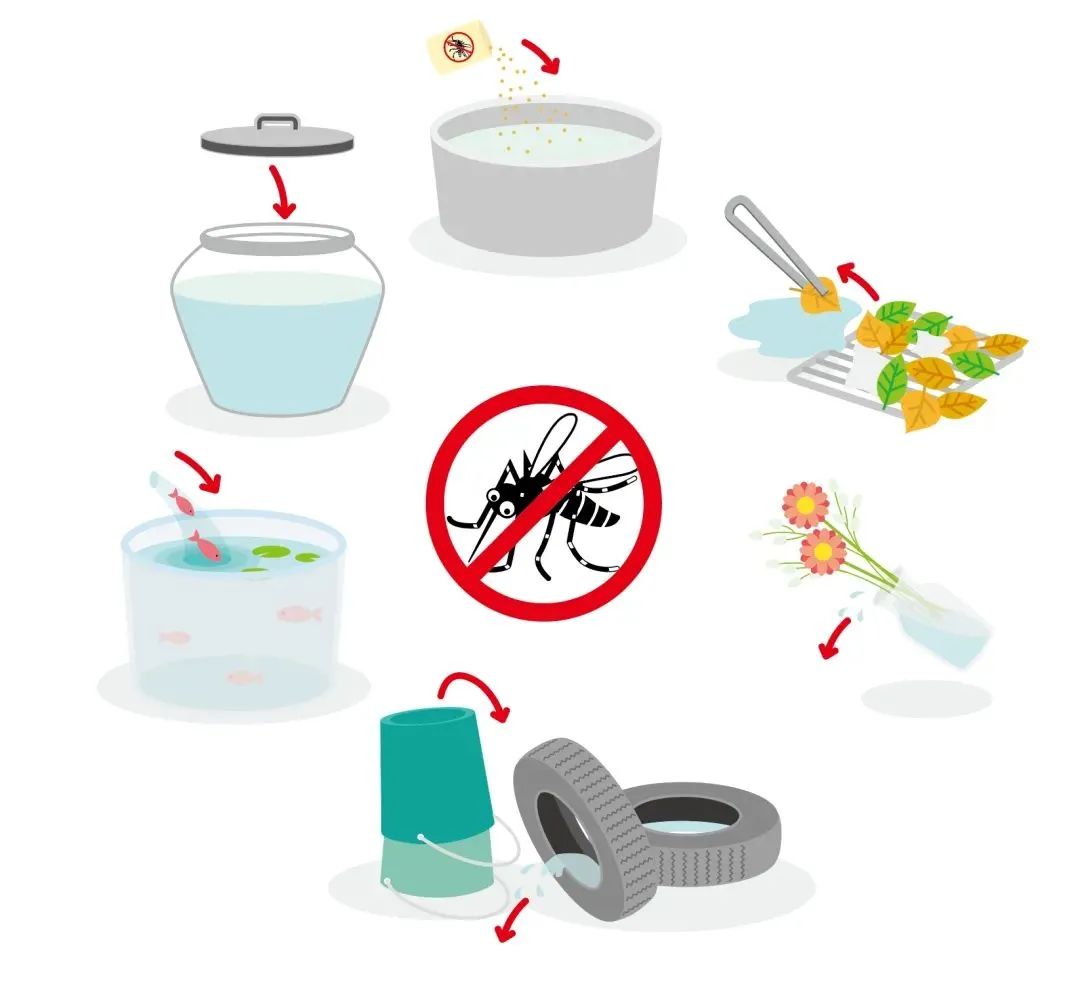Chikungunya fever outbreak in Foshan recently shot to the top of search trends, leaving many people confused: "What kind of fever is that?"

This isn't just a case of regular heatstroke or a simple viral fever — It's a mosquito-borne viral illness that can cause high fever, rash, and in more severe cases, debilitating joint pain.
What Is
Chikungunya Fever
Chikungunya fever is an acute infectious disease caused by the Chikungunya virus (CHIKV), primarily spread by the bite of Aedes mosquitoes, which are commonly found in tropical and subtropical regions.
These mosquitoes, known for their distinct black-and-white striped bodies, are the same vectors that transmit dengue and Zika viruses. They usually bite during the daytime.

To date, over 110 countries and regions around the world have reported Chikungunya outbreaks.
With climate change and increasing international travel, mosquito-borne diseases like this are spreading faster than ever. In China, imported cases continue to be detected at ports of entry and in southern provinces — a warning sign that prevention is crucial.
Common Symptoms
After infection, the virus has an incubation period of 3–7 days, followed by sudden-onset symptoms such as:
Body temperature can quickly spike to 39–40°C (102–104°F), often accompanied by chills and headache. The fever usually lasts 3–5 days.
The most characteristic symptom is intense joint pain, especially in the hands, feet, spine, and knees. The pain can be so severe that it limits movement and causes a hunched posture.
In fact, "chikungunya" comes from an African word meaning "to become contorted", describing the stooped posture of sufferers.
More than half of patients develop a rash after the fever subsides. The rash typically appears on the torso, limbs, palms, and soles, sometimes with itching.
Other possible symptoms include nausea, vomiting, conjunctivitis, and extreme fatigue.
How Is It
Different from Dengue
Given the overlap in symptoms and mosquito vectors, Chikungunya fever is often mistaken for dengue fever, especially in the early stages.
However, there are some key differences:

In short: Chikungunya hurts more, Dengue is more dangerous.
How to Prevent

Eliminate Standing Water:
Target Mosquito Breeding Sites
Empty and discard containers like cans, bottles, buckets, flower pot trays, and anything that can collect rainwater.
Change water in plant vases and wash containers at least once a week.
Clean trays under air conditioners and water dispensers.
Seal or drain tree holes, bamboo poles, and discarded tires to prevent water accumulation.
Personal Protection:
Avoid Mosquito Bites
Install window and door screens at home. Use mosquito nets when sleeping.
When outdoors, wear long sleeves and pants, and apply mosquito repellent containing DEET.
Use electric mosquito swatters, insecticide sprays, or mosquito traps indoors when needed.
Monitor Your Health
After Traveling
If you've recently returned from Southeast Asia, Africa, India, or other endemic regions, watch for fever, joint pain, or rashes within 14 days. Seek medical attention promptly, and inform your doctor about your travel history.
Chikungunya fever is not just a trending topic — it's a real and painful illness that's on the rise globally.
With no cure or vaccine available, your best defense is to stay alert, eliminate mosquito breeding sites, and protect yourself from bites.
Let's take action before the buzz becomes a burden.
Source | Foshan FAO





